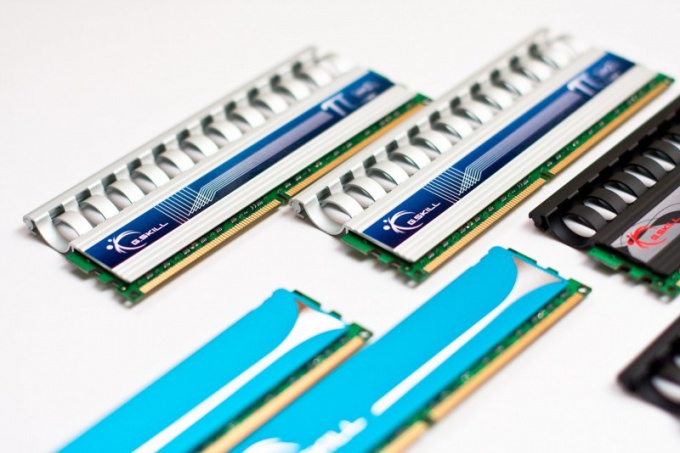You will need
- - Phillips screwdriver;
- Everest.
Instruction
1
The units of dynamic memory are divided into four main types: DIMM (obsolete), DDR1, 2 and 3. First find out what type of memory module used in your computer. To do this install Everest. To download the utility from the official website of the developers http://www.lavalys.com.
2
Install the program. Run it and wait some time while the utility will collect information about the system and the connected equipment. In the left column of the main menu, find the tab "mainboard" and expand it. Go to SPD.
3
In the "device Description" displays the names of the connected modules of RAM. Select one of them and view the data in the "memory Type". Learn the characteristics shown in the menu "memory Timings". It is better to view the performance of all installed boards RAM.
4
Purchase new memory modules. Select a strap of the type which is supported by the motherboard of your computer. The frequency of the modules should not be lower than the frequency of installed components. This will lead to slow performance currently connected cards. To purchase modules, which are much better established, also makes no sense.
5
Unplug the system unit from the AC mains. Open the enclosure of the unit. Install new memory modules in a special socket. In that case, if you have purchased an even number of strips, connect them to the ports that operate in dual channel mode. This method allows to increase the total capacity of the RAM modules.
6
If when you first turn the computer got the BSoD error, completely remove all the RAM modules. Connect them one at a time. This will allow the system to determine a new strap.
